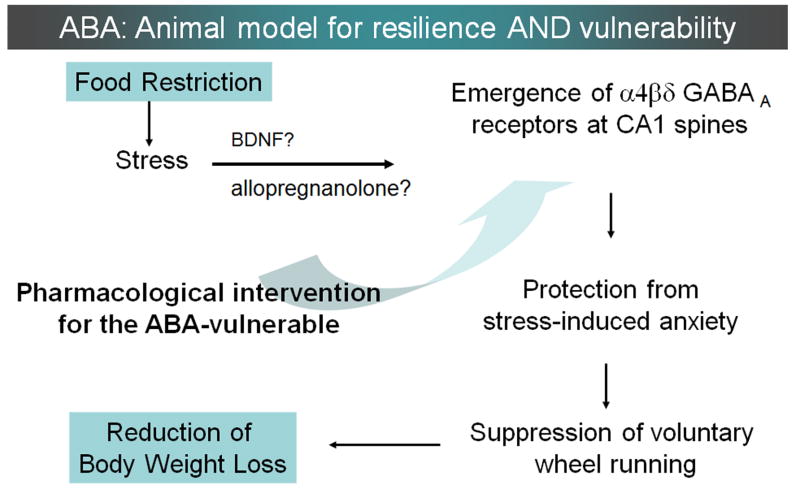Figure 6. The hypothesized sequence of events that link up-regulation of α4βδ-GABAARs to suppression of food restriction-evoked hyperactivity.
It has long been recognized that food restriction evokes a paradoxical increase of wheel running upon rodents (Routtenberg and Kuzneof, 1967; Barbarich-Marsteller et al., 2013; Gutierrez, 2013) and multiple plausible explanations have been offered as to why food-restricted rodents run (reviewed in Gutierrez, 2013). Some of the explanations are that running is a motivated foraging behavior, manifestation of an excessively activated reward system, or is a thermoregulatory behavior. The present study supports a complementary view – namely, that wheel activity is a manifestation of heightened anxiety. This idea is supported by the following findings: (1) wheel running correlates with α4βδ-GABAARs expression at CA1 spines (data presented in this paper) and GABAergic input upon CA1 pyramidal cells (Chowdhury et al., 2013); (2) Increased expression of α4βδ-GABAARs at CA1 spines reduces excitability of CA1 pyramidal cells (Shen et al., 2007; Shen et al., 2010); and (3) reduction of hippocampal excitability is anxiolytic (Huttunen and Myers, 1986; Kataoka et al., 1991; Talaenko, 1993). This view is further supported by our preliminary observation, indicating that hyperactivity correlates positively with anxiety traits, as measured by the behavior of mice on the elevated plus maze after a day of food restriction (Gauri Wable, Jung-yun Min and Chiye Aoki, unpublished observations). This schematic also summarizes the possible mechanisms leading to the emergence of α4βδ-GABAARs at spines of the CA1 pyramidal cells. One likely possibility is that food restriction causes BDNF release (Lee et al., 2002) which, in turn, augments the synthesis of α4 and δ subunits (Roberts et al., 2006). Stress associated with food restriction may also lead to the elevation of allopregnanolone, another agent that potently increases the expression of α4 and δ subunits of GABAARs (Smith et al., 1998, Smith et al., 2007). This working hypothesis can be tested by determining whether ABA vulnerability can be reduced through experimental manipulations that up-regulate α4 and δ subunit expressions.

